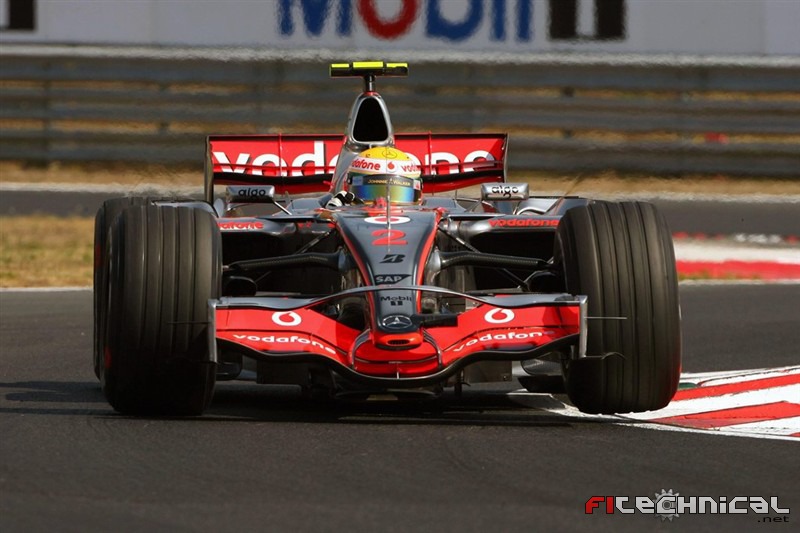Pup wrote:Simoncm, I'm with you up to this point...
What assumptions are you making on the angle of the wing? i.e., where are you getting your numbers for Cl and Cd?simoncm wrote:Everything cancels nicely, therefore the ratio of the drags is
Cl/Cd
A reasonable Cl is 1.5, an angled plate in an air flow has a Cd of 0.5 to 0.8
Therefore the "drag" due to the wing generating downforce is greater (ratio > 1) than the "drag" due to the wing being stalled. In this case by a factor of 2.
The main assumption I am making about the angle of the wing is that it has a "good" angle to the incident airflow. I'm using the assumption that the airflow has already been bent upwards by the first wing element (by an arbitrary amount) and therefore the angle of the second wing is such that it has an optimal AoA to this airflow.
Under this assumption I pulled a 'reasonable' Cl figure off the wiki page.
I should stress that the AoA of the rear wing to the incident airflow is not the angle of the wing (which many have noted is in the region of 50 degrees or so).
The Cd number is an approximation, again from wiki, for an angled square block. I would have absolutely no idea what the Cd of the wing should be - shall we say its non-trivial. You would have to take into account the incident air flow, and how the stall is created (prob by removal of the blown slot effect discussed in detail here).
I think it is reasonable to conclude that the stalled wing would have a Cd of less than one.
Consequently, if Cd < 1 and Cl > 1 the stalled wing has less drag.
So, to a first approximation, I think it is reasonable based on the theoretical analysis above to conclude that a stalled rearward wing can have less drag.
I was thinking about this a bit more last night, and I think the big issue that classic aerodynamicists are having is that they are not allowing for the fact that the incident airflow over the rearward wing is not parallel to the ground due to the forward wing. Therefore the lift is not classic lift (perpendicular to the 'overall' airflow, that is perpendicular to the ground) and the stall is not a classic stall in aeroplane terms.




